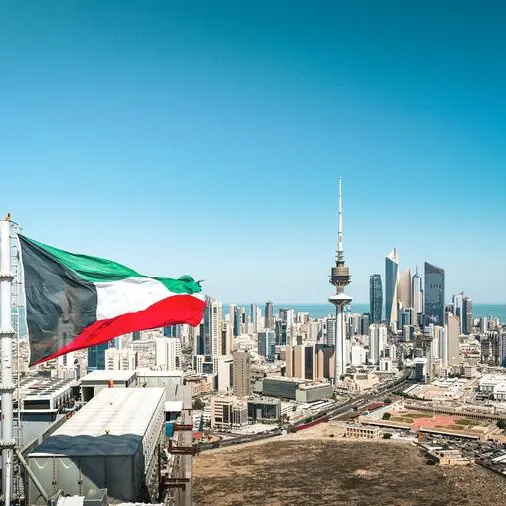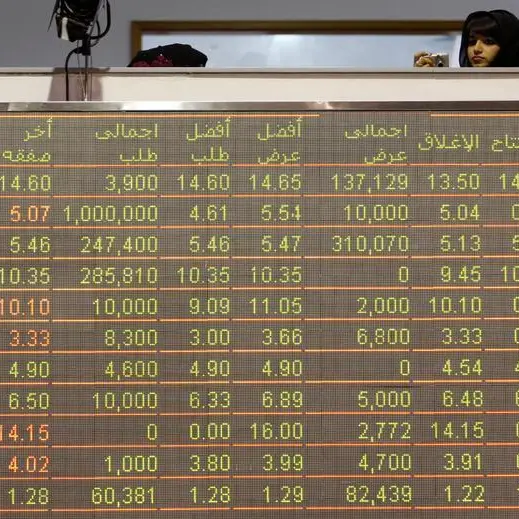PHOTO
Image used for illustrative purpose Getty Images
Traditionally, bank deposits are one of the most preferred savings over other investment options due to reasons viz; liquidity, stable returns and flexibility in operations. However, bank deposits are unsecured and no tangible security is available. For the banks, the depositors are unsecured creditors. In the event of a bank failure, the depositors are at stake. Remember the unexpected collapse of Silicon Valley Bank in March 2023. Despite the above negativity, bank deposits are a popular class of savings.
Deposit Insurance Coverage Scheme Banks are vulnerable to liquidity and solvency risks. The principal objective of the Deposit Insurance Scheme is to protect depositors' interests and also to protect the stability of the financial system of the country. Deposit Insurance is one of the methods by which one can manage the default risks to some extent. As a pivotal component of the financial safety net, deposit insurance provides a guarantee of money back subject to the rules and regulations. Various governments and regulatory authorities have enacted laws in this regard. For example in the US, the Federal Deposit Insurance Corporation (FDIC) guarantees deposits up to $250,000. The Deposit Insurance and Credit Guarantee Corporation (DICGC) of India guarantees up to INR 5,00,000. Bank Deposits Insurance Scheme (BDIS) administered by the CBO guarantees up to RO 20,000 - while, Kenya Deposit Insurance Corporation insures Kshs 500,000 per depositor.
How to Maximise the Insurance Coverage The maximum insurance coverage is capped. However, one can leverage the cover by resorting to multiple strategies. For example in Oman maximum insurance coverage is RO 20,000 per depositor per bank whereas in India INR 5,00,000 - while in Sri Lanka it is Rs 11,00,000/. This upper limit is the aggregate amount of all deposits lying in various eligible deposit accounts of the depositor in one branch or various branches of the same Bank up to and including the interest accrued thereon.
Beyond the basics, leverage your deposit insurance coverage.
Therefore the depositor can increase the coverage by keeping his deposits with multiple banks. For example A of Oman, wants to deposit RO 100,000/- Instead of depositing with one bank, A can deposit the amount with 5 banks RO 20,000/- each. He gets a coverage of RO 100,000.
Keep Money in joint accounts As per Oman laws, the joint account holders are treated separately while considering the coverage. For Example A & B have a joint account with a balance of RO 60,000 with 50 per cent share each. In this case, both of them will get RO 20,000/- each.
As per Indian laws, both joint account holders will not get the maximum coverage of INR 5,00,000 each, but only INR 5,00,000, but can leverage the coverage by opening multiple accounts jointly and severally. For example A B & C have deposits with XYZ Bank in their sole name and also in their joint names viz (i) A&B (ii) B&A (iii) AB&C (iv) AC&B (v) BC&A (vi) CA&B. In this case, all the 9 deposits (3 +6) are covered under the Deposit insurance separately. The same model may be replicated with other banks as well.
No doubt, deposit insurance is a crucial safeguard for Bank deposits. It protects deposits from potential risks associated with bank failures and defaults. Despite the initiatives, a large part of the deposits is still out of this safety net primarily because depositors hold much higher deposits in their name. The awareness of the Insurance rules is very important to avail higher insurance coverage.
2022 © All right reserved for Oman Establishment for Press, Publication and Advertising (OEPPA) Provided by SyndiGate Media Inc. (Syndigate.info).





















